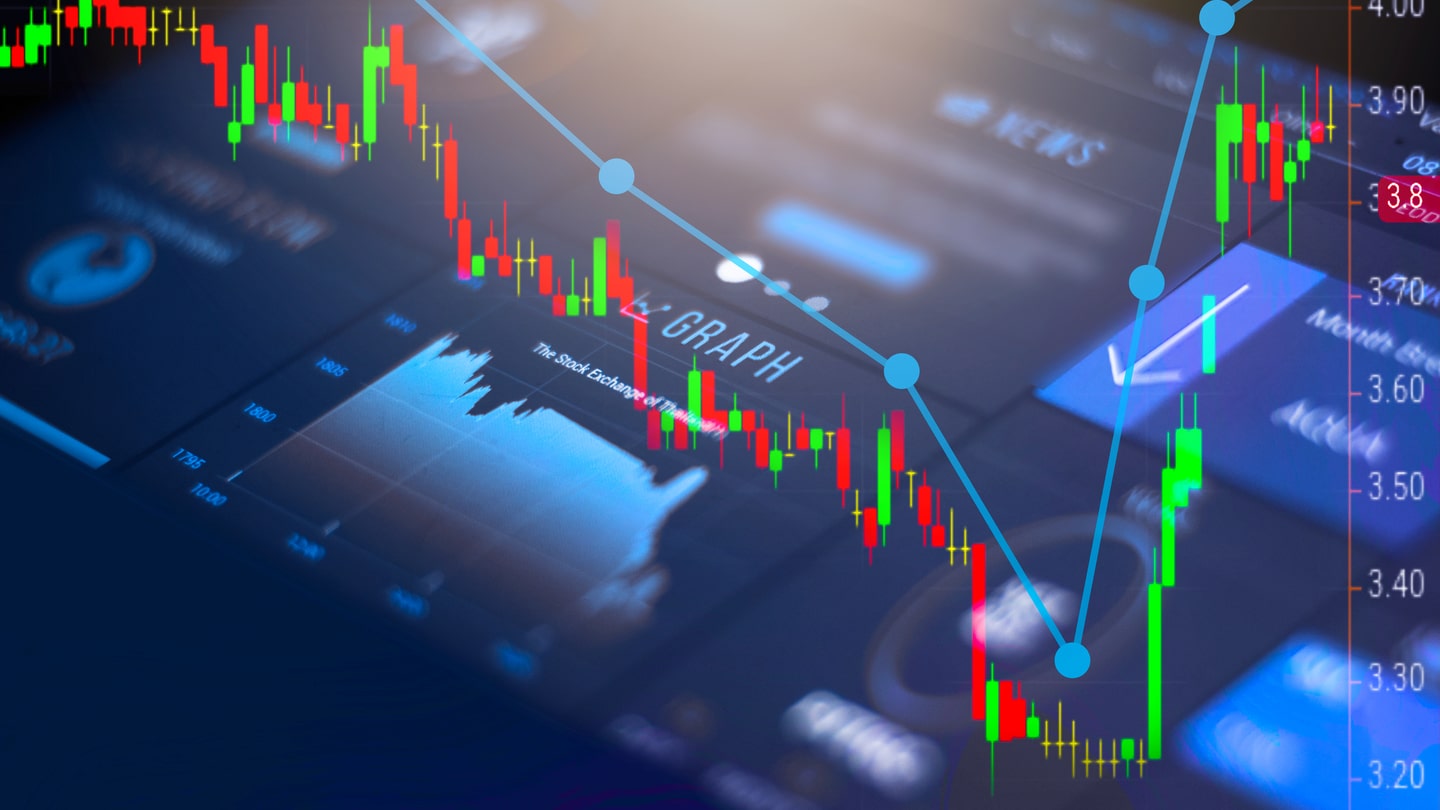Contracts for Difference, commonly known as CFDs, are financial derivatives that allow traders to speculate on the price movements of various financial instruments without actually owning the underlying asset. CFDs have gained significant popularity due to their flexibility and potential for profit, but they also carry inherent risks that traders should be aware of.
How CFDs Work:
At its core, cfd how it works is a contract between a buyer and a seller, where the buyer agrees to pay the seller the difference between the current price of an asset and its price at the contract’s end. This difference can result in either a profit or a loss for the trader, depending on the direction of the price movement.
One of the key features of CFD trading is the ability to use flexible leverage. This means that traders can control a larger position with a relatively small amount of capital. While leverage can amplify potential profits, it also increases the risk of significant losses. Therefore, it’s crucial for traders to manage their leverage carefully and understand the associated risks.
CFDs cover a wide range of financial instruments, including stocks, indices, commodities, currencies, and cryptocurrencies. Traders can take both long and short positions, allowing them to profit from both rising and falling markets. Additionally, CFDs offer the flexibility to trade on margin, enabling traders to enter and exit positions quickly.
Advantages of CFD Trading:
– Flexibility: CFDs allow traders to access a diverse range of markets and assets without the need for physical ownership.
– Leverage: Flexible leverage enables traders to control larger positions with a smaller amount of capital, potentially magnifying profits.
– Short Selling: CFDs allow traders to profit from falling markets by taking short positions, providing opportunities in both bull and bear markets.
– Liquidity: CFD markets are highly liquid, meaning traders can enter and exit positions quickly with minimal slippage.
Risks of CFD Trading:
– Leverage Risk: While leverage can amplify profits, it also increases the potential for significant losses. Traders should exercise caution and use risk management tools to mitigate this risk.
– Market Risk: CFD prices are influenced by various factors, including market volatility, economic events, and geopolitical developments. Traders should stay informed and be prepared for sudden price fluctuations.
– Counterparty Risk: CFD trading involves dealing with a broker, and traders are exposed to the risk of the broker defaulting. It’s essential to choose a reputable and regulated broker to minimize this risk.
In conclusion, CFDs offer traders a flexible and accessible way to speculate on financial markets. However, it’s essential to understand the risks involved and employ proper risk management strategies. With careful consideration and diligence, CFD trading can be a valuable addition to an investor’s portfolio.
